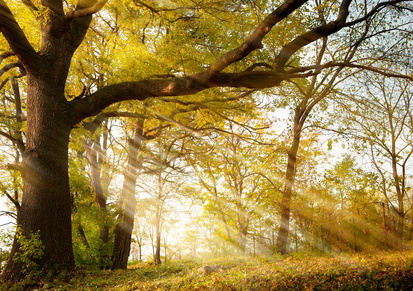Ecology is seen in action, as the cyclical process of succession progresses in deciduous forests, the composition grows more numerous. This is noted with regards to the way food passes from one organism to another. In the early stages of succession the forest’s production tends to be utilized along very simple lines of a food chain like producer to herbivore and carnivore. As the forest mature a food web results which is like a matrix of food chains and most of the biological energy flows along the pathways of the decomposers. This is brought on by reduction in grazing as a result of the increase in composition of predators preying on herbivores and the development of inorganic tissue on the biomass (W.B. Saunders, Fundamentals of Ecology p 255, Philadelphia, London, Toronto 1971).
Now the final points to be made is that of the generalities of the forest’s ecosysteme’s structure and composition as the ecosystem goes toward a climax. The bio-genetics of a deciduous forest is the photosynthetic/respiration ratio. Now if the photosynthesis exceeds the respiration than the forest is said to be growing biomass. This is usually the case with most forests in the early stages of succession and it is termed auto-trophic succession. As the forest reaches it’s climax stage the photosynthesis respiration ratios become more and more equal.
It is generally accepted that as succession progresses form it’s early stages, species diversity increases but there are factors which work against this. Trends such as the emergence of larger organisms, combined with their longer life spans and greater inter-specific competition may decrease the amount of species in the later part of succession. These counter effects if not surpassed by the growing amount of niches in the increased biomass will gradually decrease the number of species as the forest goes from mid succession to climax (Saunders, p253-255). The geography of ecosystem maturity is directly related to the geography of an increased number of different species.
